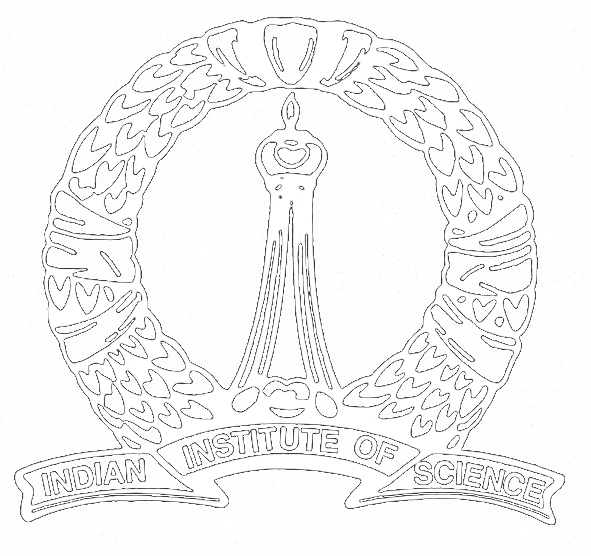Eigenfunctions Seminar
Title: Nonlinear Calderon-Zygmund theory and differential forms
Speaker: Swarnendu Sil (IISc Mathematics)
Date: 16 February 2024
Time: 3 – 5 pm (with a 15 minute break in between)
Venue: LH-1, Mathematics Department
For any $1 < q <\infty,$ standard representation formulas and the Calderon–Zygmund estimates imply $u \in W^{2,q}_{\text{loc}}\left(\mathbb{R}^{n}\right)$ if $\Delta u \in L^{q}_{\text{loc}}(\mathbb{R}^{n}).$ Combined with the Sobolev–Morrey embeddings for $q>n,$ we deduce that $\nabla u$ is locally Hölder continuous. However, as soon as we pass from the linear case to the quasilinear operator, we no longer have any representation formula for the solution of the following problem \begin{equation} {-}{\rm div}\left(\left\lvert \nabla u \right\rvert^{p-2}\nabla u\right) = f \end{equation} if $p \neq 2$ and CZ estimates for second derivatives of the solution are not yet known. In fact, the solution can fail to be $C^{2}$ even when $f \equiv 0.$
However, one can still establish Hölder continuity of the gradient whenever
${\rm div}\left(\left\lvert \nabla u \right\rvert^{p-2}\nabla u\right) \in L^{q}_{\text{loc}}$ and $q>n.$ These type of results are often called
“Nonlinear Calderon–Zygmund theory”, as the regularity for the gradient is the same, i.e. “as if” Calderon–Zygmund estimates for second derivatives are
valid! This result relies heavily on a fundamental regularity result, commonly known as the DeGiorgi–Nash–Moser estimate, for $p$-harmonic functions.
However, such regularity results are specific to equations and are in general false for elliptic systems. In another groundbreaking work, Uhlenbeck extended
gradient Hölder continuity estimates for solutions to special type of systems, which includes the homogeneous $p$-Laplacian systems.
In this lecture, I would sketch the main ideas involved to establish nonlinear Calderon–Zygmund theory for scalar equations and elliptic systems with Uhlenbeck
structures. In the second half, I would discuss how to extend these estimates to the following $p$-Laplacian type system for vector-valued differential forms
\begin{equation}
d^{\ast}\left(\left\lvert d u \right\rvert^{p-2}d u\right) = f.
\end{equation}
This includes systems which are, strictly speaking, even non-elliptic.
- All seminars.
- Seminars for 2024
